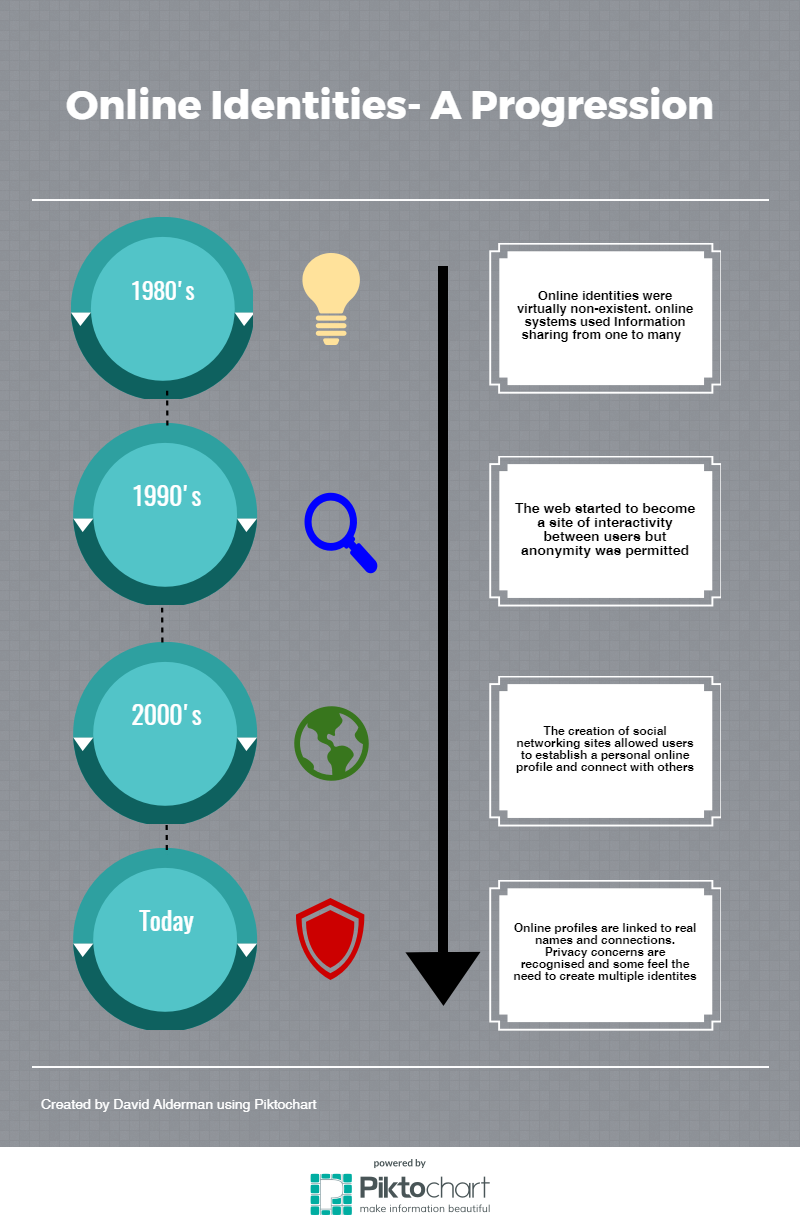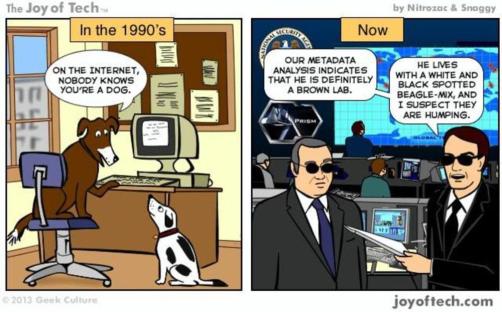
Topic 2 – Is there a Benefit to having Multiple Digital Identities?
To understand the arguments surrounding identity, one must understand the meaning and the process of its development. According to Techopedia (n.d.), a digital identity is comprised of key data attributes – username, date of birth, online search activity, etc. – and digital identifiers – email address, domain name, etc.- claimed in cyberspace to reflect an individual or organisation.
The graphic above demonstrates “7 Steps To Building Your Digital Identity”.
Continue reading →


















